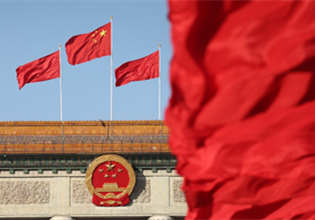Shaomai: a bite of Hohhot
Shaomai (steamed meat dumpling) is a popular snacks in Hohhot, capital of Inner Mongolia autonomous region.
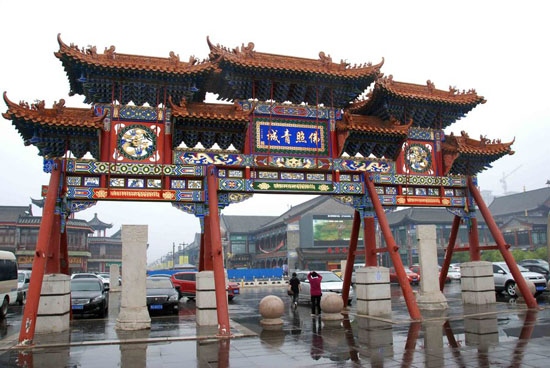 |
|
Dazhao Square in Hohhot, Inner Mongolia autonomous region. [Photo provided to chinadaily.com.cn] |
It's never difficult to find Shaomai restaurants in Hohhot- they are everywhere in the city.
However,only in Yuquan district can a shaomai restaurant with a long history and stories be found.
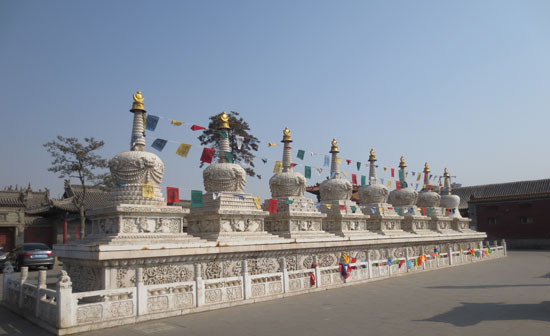 |
|
Dazhao Temple, a Buddhist monastery in Hohhot. [Photo provided to chinadaily.com.cn] |
Hohhot's shaomai has unique recipe that different from those made of pork. Hohhot's shaomai is made with mutton, green onion and ginger, which give it a distinctive flavor. They go very well with a cup of tea.
"Dexingyuan", "Maixiangchun" and "Qingchunyuan" are all well-known time-honored shaomai restaurant brands in Hohhot.
Early in the morning, Tongdaonan Street in Yuquan district was already busy, as well as these shaomai restaurants. Qingchengyun Restaurant was full by 8 am.
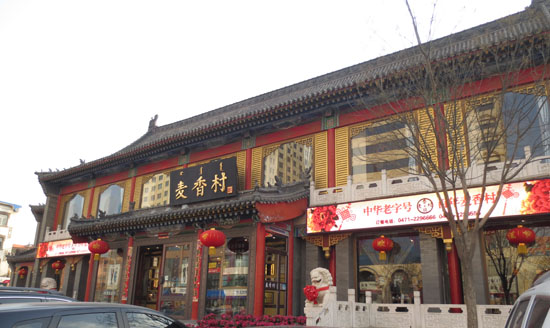 |
|
Maixiangchun shaomai restaurant in Hohhot's Yuquan district. [Photo provided to chinadaily.com.cn] |
The customers sat around with their friends or family, chatting while eating shaomai, as well as other Hohhot traditional snacks.
A 86-year-old customer said she comes to this restaurant one or two times per week. It's a place where she enjoys the time meeting and chatting with old friends.
Hohhot is a Mongolian name, which means "blue city" in Chinese. It was divided into new and old parts from the Ming (1368-1644) and Qing (1644-1911) dynasties. The old city was called “Guihua” historically, and is located in the today's Yuquan district of Hohhot.
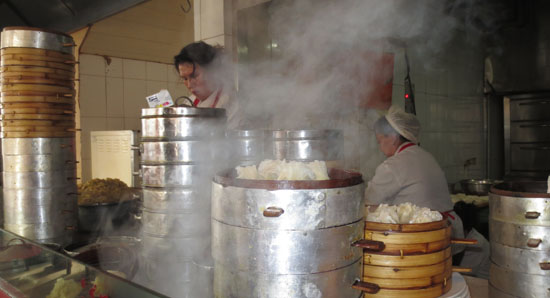 |
|
Steaming shaomai is ready for customers. [Photo provided to chinadaily.com.cn] |
It is said that shaomai has a history of over 800 years. Shaomai restaurants started from Guihua had branches in Tianjin and Beijing since the Ming Dynasty. These restaurants would hang signs with "Guihua Shaomai" or "Authentic Guihua Shaomai" to attract more guests.
Deng Jiugang is a Hohhot native and a famous writer. The Tea Road, one of Deng's works, features the ancient Tea Road that ran through North China's grassland from the middle 18th century to the earlier period of 20th.
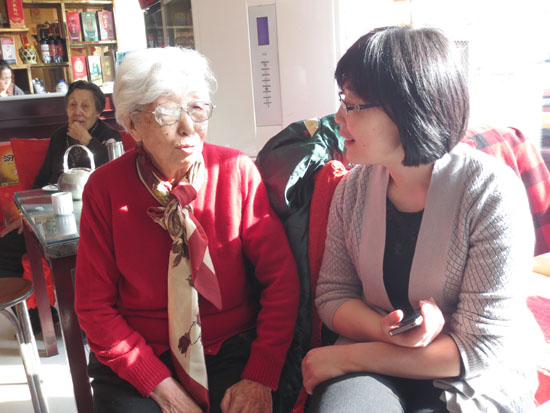 |
|
Customers in a shaomai restaurant. [Photo provided to chinadaily.com.cn] |
Camels were the main animals on the Tea Road. Camel caravans transported goods from South China, such as tea and porcelains, made a stopover in Guihua, then headed to Russian cities like Moscow and St Petersburg.
At that time, there were about 200,000 camels in Guihua, where huge amounts of goods were coming and going every year. Guihua was a major trade and logistics hub during the Qing Dynasty.
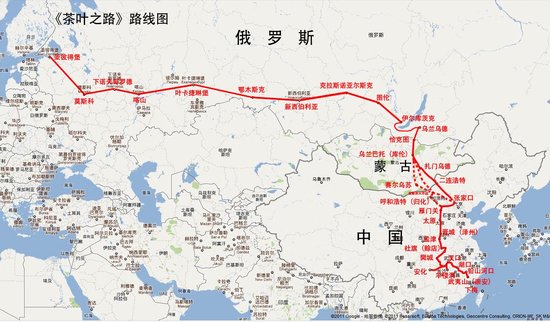 |
| Roadmap of the ancient Tea Road [Photo provided to chinadaily.com.cn] |
Guihua had thousands of businesses and camel keepers at that time, Deng wrote in The Tea Road. According to a Chinese saying, food comes first for people. Catering flourished in Guihua during that time. The city had four guilds of cooks and waiters, including a shaomai cooks guild.
Food is not only just food. A food may be an embodiment of emotion, history or culture, just like Hohhot's shaomai. It is a popular snack in today's Hohhot, and also a piece of history of the old Guihua city, which was one of the most important trade cities in North China.



 Print
Print Mail
Mail